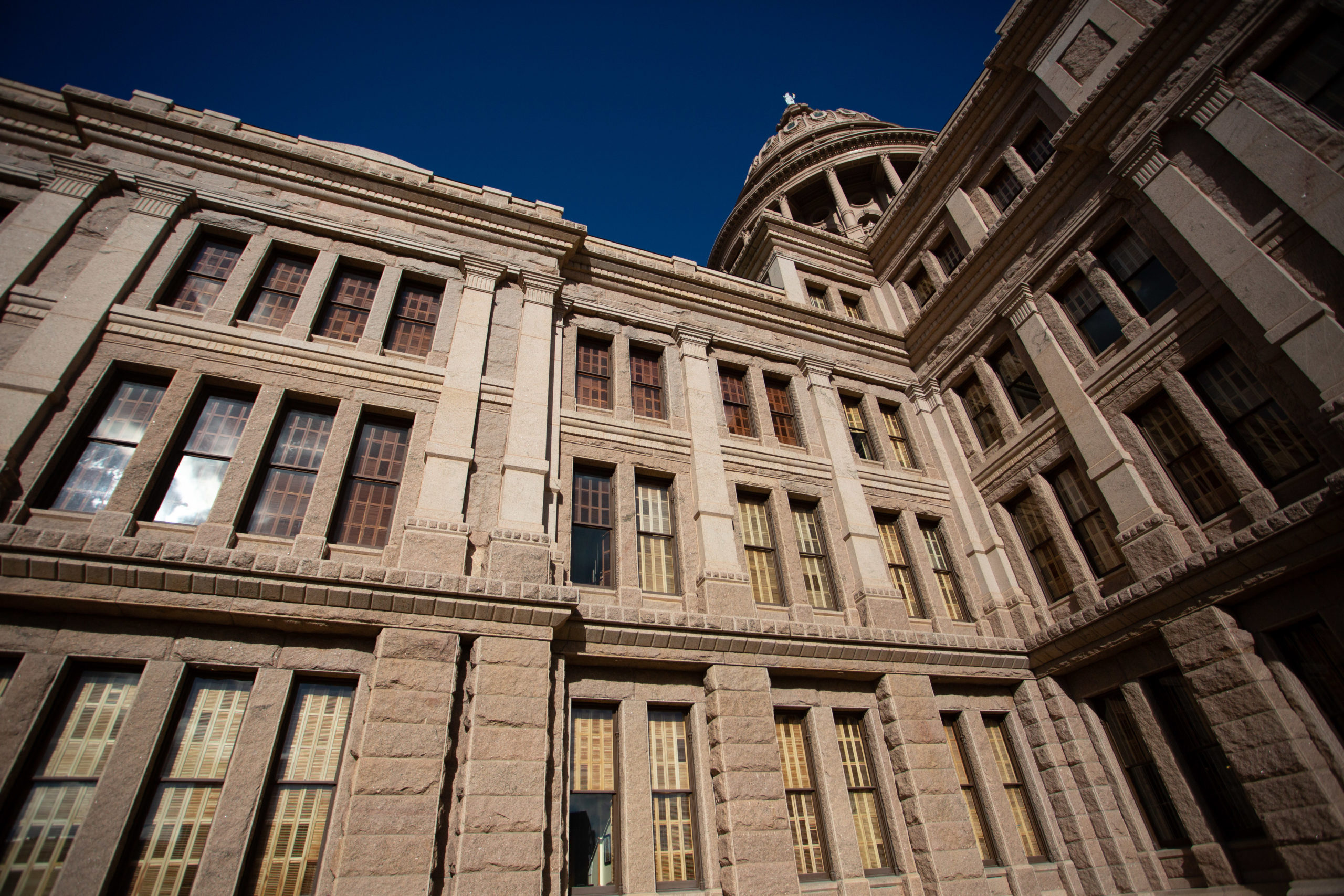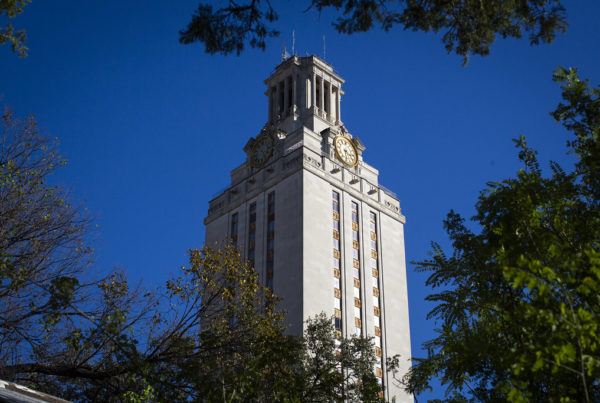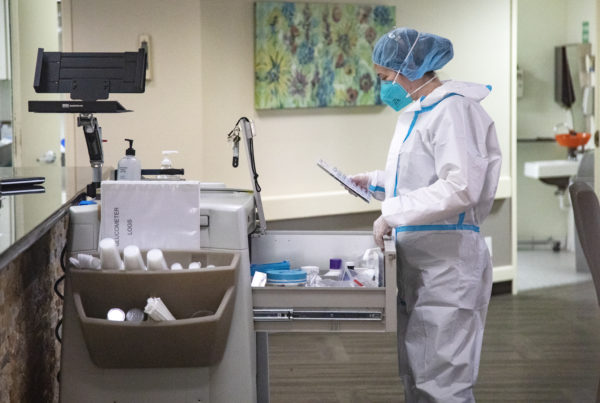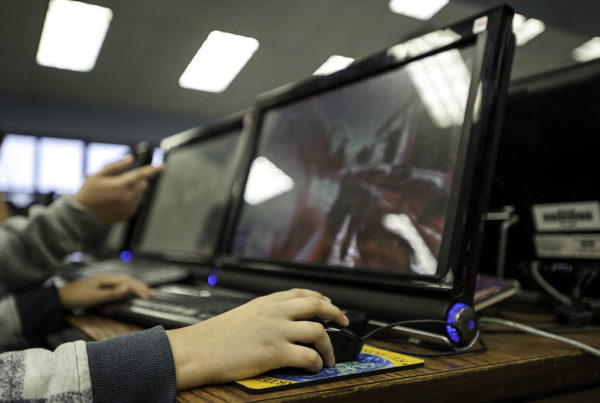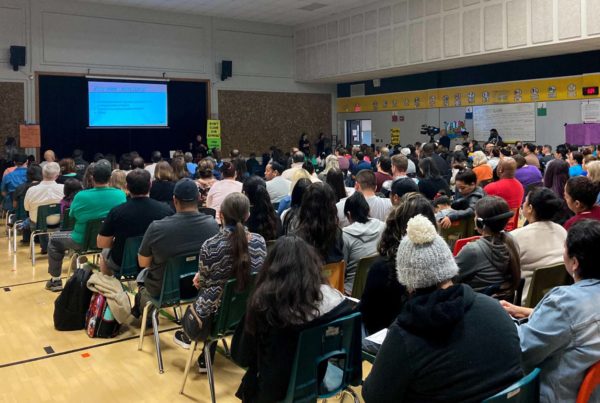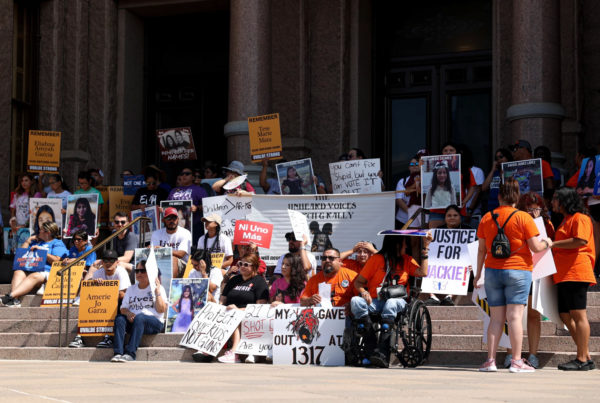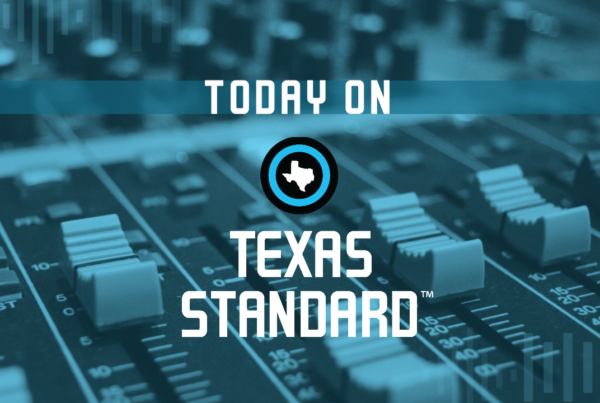Yesterday, the Texas House and Senate each proposed first drafts of State budgets that total up to $130 billion in spending – an unprecedented figure.
Coming at a time when state coffers have more cash than the State Constitution will actually allow them to spend, it would seem to leave some $50 billion dollars on the table – at least for now.
Robert Garrett is the Austin Bureau Chief of the Dallas Morning News and he’s been following the State’s budget proposals. He joined the Texas Standard to talk about how the legislature is thinking of spending all this money. Listen to the story above or read the transcript below.
This transcript has been edited lightly for clarity:
Texas Standard: Gov. Greg Abbott and Lt. Gov. Dan Patrick have been very vocal about property tax relief and these early budget proposals have about $15 billion, I understand, set aside for something called the Property Tax Relief Fund. Could you fill us in a little bit more about that effort?
Robert Garrett: I’ll try. It’s very wonky. Some of that is really continuing the tax cuts we did in 2019. So you take out $3 billion of that $15 billion – so you get down to about $12 billion. They are talking in different ways about how to relieve people’s property taxes. And the main way the state can do that is just by buying down the school property tax cuts only. Our school finance system is so intertwined with state and local money, that’s the only way lawmakers here in Austin can affect your property tax bill. Dan Patrick in the Senate wants to raise the Homestead Exemption, which I got some numbers on Dallas – it would trim people’s tax bills by $355 a year. That’s significantly more than we’ve had in recent sessions. The House is committing to a commensurate level of property tax relief, but just hasn’t decided yet how to do it. You can reduce rates, you can do this homestead exemption. You can do different things.
Another thing getting headlines is pay raises for state workers. I see a 5% raise is proposed for most state employees. But what else are lawmakers discussing on that front?
Well, that’s right. You know, state employees have not had a general pay raise since 2014. And their purchasing power has declined by 27% since then. And retired state employees haven’t had a cost of living adjustment since 2002 and their purchasing power has declined 38% in that time. So this $3,000 per worker… the worker state employee groups are wanting like $10,000 raises and $5,000 – they’re starting out in these budgets with just $3,000 as a minimum or 5%. And they’re talking about starting them in June, which is before the next two-year budget begins in September.
I also want to talk about Operation Lone Star briefly. This, of course, was Gov. Abbott’s costly border monitoring effort that, at times last year, pulled hundreds of millions of dollars from other agencies. Where has that fit in so far into early budget proposals?
Well, both the House and Senate want to spend $4.6 billion on Operation Lone Star for the troops, the state police, the wall-building, the busing of migrants, the processing centers. That is a 5.5% boost from this current cycle’s gargantuan five fold increase over historic spending levels. So we’re not backing down at all on using state taxpayer money at the border.
We’ve talked about a few specifics here, but are people talking about what might be done with the state’s anticipated $30 billion surplus? Are they at all addressed in these budgets?
Well, they’re starting to identify their priorities for spending that money, and it’s a process that will go on now for four more months to work these budgets out. One of the key things the state does is pay for public schools. And so far, there’s no increase in the building block of how we fund public schools in Texas. The basic allotment. It still, in these budgets, would stay at $6,160 per student per year. And that is, I think, almost surely going to be discussed because if you raise that, you can raise teacher salaries and raise all these other things, but it takes a whole lot of money to do that.
Well, what else in these proposals catches your eye right now?
Well, I think we’re going to see some action on building more mental hospitals. Lt. Gov. Patrick has made that a priority. They’ll probably take money out of the surplus and put it in the constitutional amendment going to the voters in November, $2 or $3 billion for that. And I think we’re seeing stuff like just taking care of decaying and deteriorating state buildings and buying new parkland. So there’s a lot of money, a lot of needs, and we’ve got about 100 and something days to decide how to spend it all.


